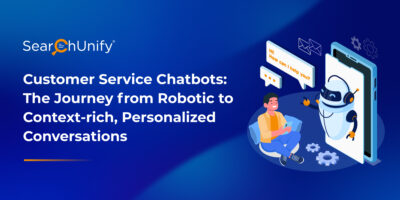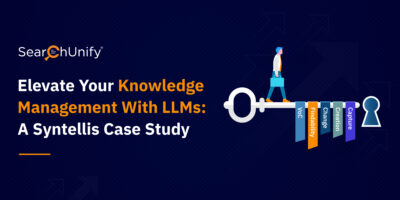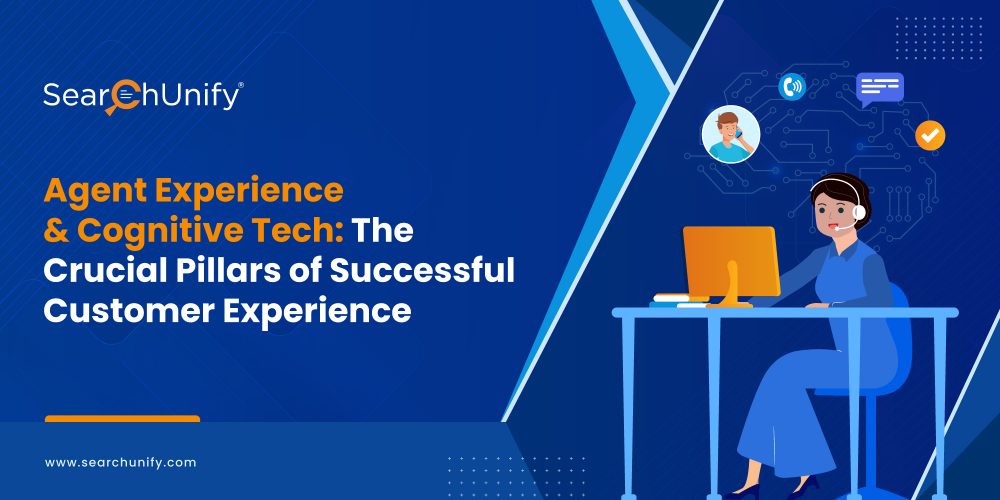
Delivering positive customer experiences (CX) is paramount for service organizations. While there are a plethora of elements that drive remarkable CX, one that stands out is Agent experience (AX).
Let me paint a picture for you. Service agents are on the front lines to help customers resolve their issues and assist them with their needs. But that’s not all. Their typical day can be pretty overwhelming and with the lack of the right tools and technology by their side, they end up under the onslaught of occupational burnout. Consequently, this affects their productivity and efficiency in a big way.
This induces the dire need of integrating cutting-edge solutions into your organization’s tech stack for ascending the stairways to AX success. Enter cognitive technology! Built on the core of AI, ML, and NLP, it empowers you to offload some weight off of agents’ shoulders, therefore, improving AX and CX. Wondering how? This blog post explains!
But before that, let’s understand why improving AX is crucial for remarkable CX.
Why Improving Agent Experience is Crucial for Remarkable CX?
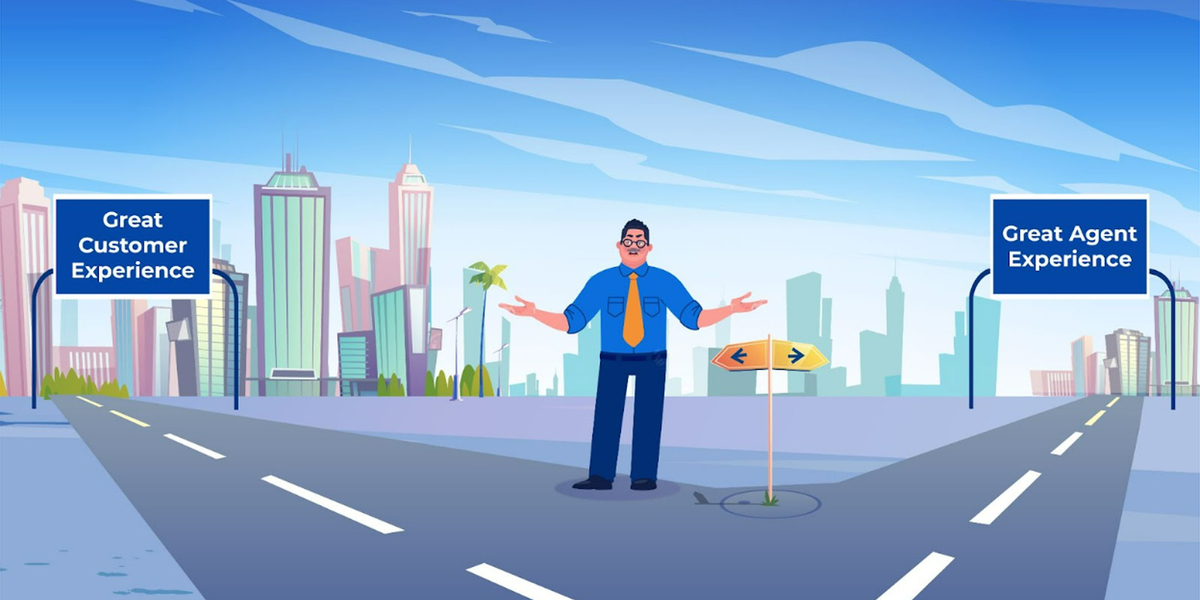
According to CCW Digital, only 36% of customers feel that service agents seriously care about their issues.
This clearly indicates that the agents struggle to leave favorable impressions on customers when interacting with them. But there’s a lot that goes behind the scenes that customers are unaware of.
Let me explain. Imagine yourself in an agent’s shoes. Once you log into the system, you see a bunch of P1 tickets. The ultimate choice you have to make to prioritize one ticket can be quite intimidating.
The next challenge comes in the form of poor content discovery. According to TSIA, employees spend up to 20% of their time—which equals one day a week—searching for knowledge. Shocking, right? All this delays the resolution process, meaning the customers would be sitting in the waiting room limbo.
Wait, there’s more. You are given limited insights that turn out good for nothing in the resolution process. Customers, oftentimes, contact the support when they have exhausted all the self-service options. But the absence of real-time insights makes you share the solutions that are already been explored. Hence, the more waiting & incorrect resolutions make the customers all the more frustrated.
The result? Customers move out and agents feel more burdened while moving to the next ticket.
Not only this is an awful example of inefficient customer service, but also highlights the challenges that stand in the way of an exemplary agent experience. If not identified at the right time, agents may feel agitated, thus leading to poor CX and negative CSAT.
“Customers will never love a company until employees love it first.” – Simon Sinek
It is now quite explicit that agent experience, good or bad, can quickly impact customers. In fact, Gartner uncovered that 86% of organizations rank AX as having an equal or greater impact than other CX challenges. That said, improving AX is a win-win for any service organization.
By easing agents’ pain points, eliminating skill gaps, and arming them with advanced tools and technology, organizations can ensure positive CX for better business outcomes.
Transform Your AX with Cognitive Technology
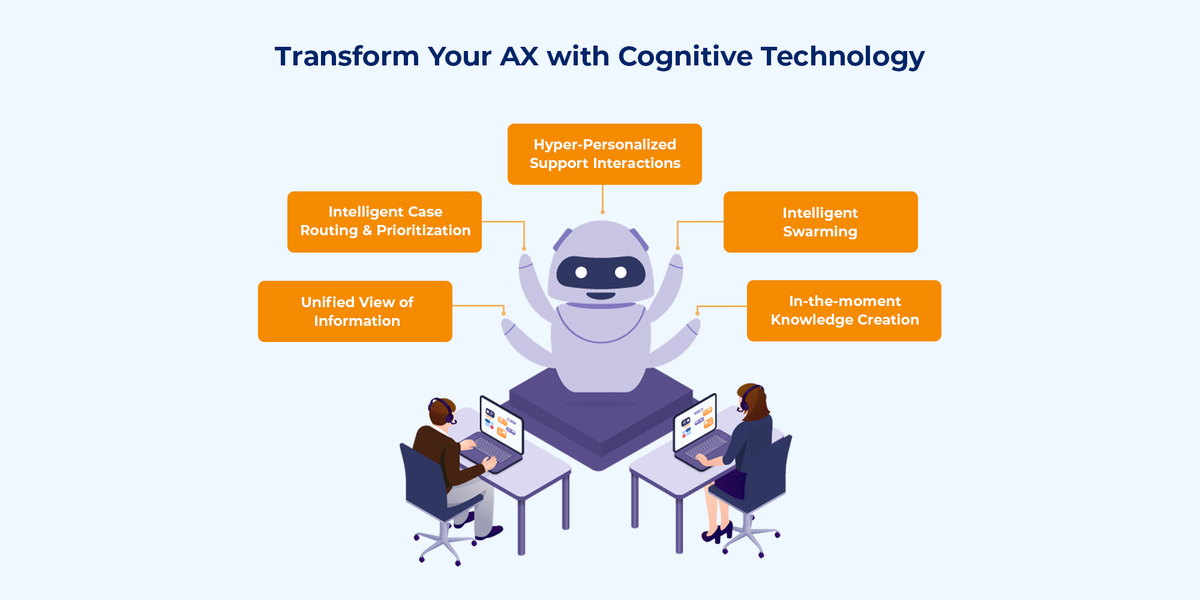
Embedding cognitive technology into the service experience helps identify agents’ pain points more quickly and turns them into opportunities for stellar CX. Here’s how:
1. Empower Agents with a Unified View of Information
Service organizations are usually drowned in a sea of data. However, since that data is scattered across multiple platforms, agents spend unnecessary time toggling between different content repositories to find information. This inhibits them from delivering the right help at the right time, thereby hampering the CX.
Luckily, cognitive technology is there to save agents’ bacon. It integrates all content sources and makes information easily accessible in the form of a unified view of information. This enables agents to find what they are looking for quickly and resolve customers’ queries with lesser handling time.
2. Propel Intelligent Case Routing & Prioritization
Now prioritization can also become an easy feat for agents. How you may ask? AI-powered apps like Escalation Predictor weigh in.
It taps into a variety of factors such as case sentiment, case scoring, case priority, product group, delta time, comments exchanged, etc., to identify the cases that are near the red mark (or highly likely to escalate) and prioritize them over others.
Additionally, such apps leverage ML and NLP to enable intelligent case routing, i.e., routing the case to the best agent with expertise on the said topic right off the bat. This encourages them to offer quick, accurate, and effective resolutions with minimum case transfers. Result? Happy Agents and Happy Customers!
3. Provide Customer Insights for Creating Hyper-Personalized Support Interactions
A Gartner Survey reveals that 86% of B2B customers expect companies to be well-informed about their personal information during a service interaction.
Modern customers demand hyper-personalized experiences. But due to limited customer insights, it becomes a hard nut to crack for agents to meet their expectations. So, what’s the solution? Real-time Analytics!
By leveraging ML algorithms, the cognitive technology providers track customer history, preferred communication medium, customer sentiments, browsing history, etc, to provide real-time analytical reports. Agents can then easily utilize this information for hyper-personalized interactions. Therefore, elevating CX to full throttle.
4. Promote Collaborative Culture with Intelligent Swarming
Sometimes, agents lack expertise on the said topic. They pawn off the support ticket to other agents, while customers wait in uncertainty. Mishandling or overlooking such escalation can result in a higher time to resolution, leaving customers frustrated.
Intelligent Swarming is a definite solution. It is a collaborative support model that helps agents connect to SMEs to troubleshoot issues that they are not familiar with. This reduces the Average Handle Time (AHT), thus expediting resolutions.
5. Spurs In-the-moment Support Knowledge Creation
Service agents have to deal with a considerable number of cases in a day. While resolving them, they often don’t have time to capture the knowledge that can further be used by other agents for reference.
Thanks to next-gen apps such as Knowbler that make knowledge creation and management doable. It populates new articles on pre-defined templates as a by-product of agents’ resolutions for undocumented issues. Besides, agents can edit and improve old articles for easier discovery and lower turnaround time.
Hence, agents’ time can be spent on complicated tickets which in turn improves digital customer experience.
Want to Learn More On Improving AX to Give Your CX A Boost?
Agent and customer experiences go hand in hand. Empowering your agents with cognitive technology can help you ensure a seamless, personalized, and proactive customer experience.
If you want to learn more about transforming your AX, tune into this exciting session on “Agent Experience: The Crucial Pillar in the CX Maturity Playbook.” Led by Bharat Sethi, Product Manager, SearchUnify, it discusses the proven strategies to eradicate the CX and AX woes for remarkable service success.

